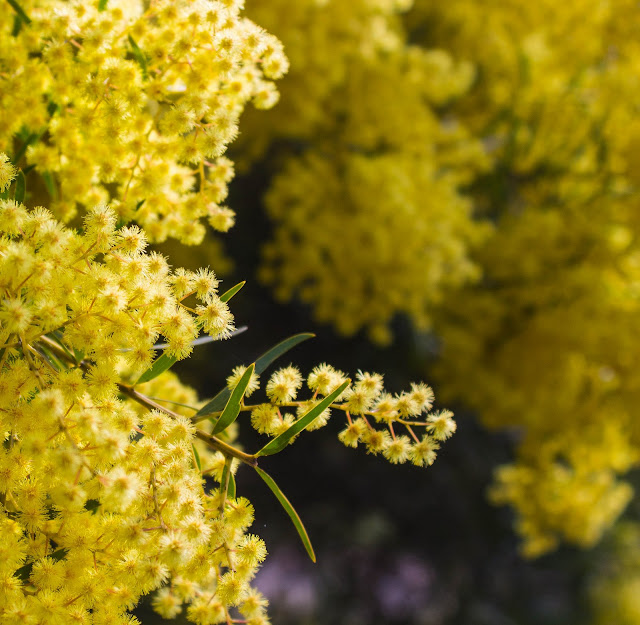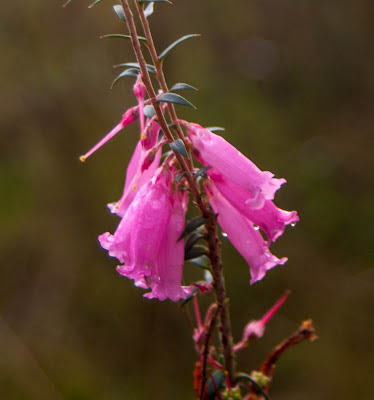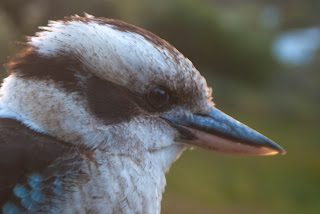
This is probably the most widely
unasked question for new smart phone users. Well smartphone users over maybe 30, those with 20 somethings or teenagers in house possible already know how to upload to facebook or share with the world on twitter. Older folk generally only want to upload their photos so they can make prints and share with just a few family members, not the world. Looking through phone manual (if it hasn’t already been thrown out) often draws a blank look and frustration, perhaps even diverting attention towards some additional accessory cable and software.
Well if you have web access on your phone (via
3G or
4G on the phone or
WiFi) you will be able to make use of one of many
cloud based webservices to transfer from your phone to where ever you want.
The tricky bit is making sure your privacy is maintained. Most such services are free up to a certain storage limit and you need to read the terms and conditions carefully. The first options, which I have chosen to call the big three, really depend on which computer and software you want to use to store and manage your photo collection.

1.
Picasa and Picasa Web Albums, (also known as Google+ photos to google+ users) its been around for a while now an is well tested and stable (ok the google+ apps are still in flux). You will need to download either the Official google+ app (best option if you don’t already have a picasa web album) or one of the picasa “tools” apps around (is you do have a web album). To be honest I removed the google+ app from my phone recently (
read why) but picasa is probably the easiest place to start. If you don’t want google+ involved google also offer the
Google Drive, a cloud based storage/exchange which is photo aware.

2.
Windows Live Photo Gallery & Skydrive, which you may have already if you have investigated hotmail recently. Microsoft just announced today that they are phasing out hotmail to be replaced by
outlook.com. Fortunately the
skydrive connection, which is a cloud based exchange & storage, is also well integrated into that and with both mobile & PC based apps. This is a very nicely integrated combination and ideal for dedicated windows PC users.

3.
IPhone, IPad, ICloud and apple MAC, despite the claims of universal sharing this is a bit of a closed shop for the apple fans. To be honest I’m not a fan and will therefore keep my opinions to myself, if you are apple oriented and have all these devices then ICloud is the way to go. If you just have an IPhone both of the previous choices are still valid, because free IPhone apps are available for those services.
If you want to stay away from the big three, there are still plenty of options.
Flickr already has a comprehensive set of ways to upload photos from your phone. If you are using a free account remember you can only see the last 200 photos uploaded and there is a month size limit, but you have a lot of control about privacy and sharing and access to a range of print service via snapfish.
Photobucket also has several ways to directly upload from your phone, and again the free signup doesn’t give you access to all facilities. Both give you access to on-line editing factilities, so you only need web access not a dedicated computer. Today even the local photo processor or photo kiosk at your local shopping centre can offer an upload service from you phone and remember that they can also write the photos to a CD or a web album, instead of or as well as printing the photos.
So stop worrying about all those photos on your phone, get them moving through the cloud, now!
























